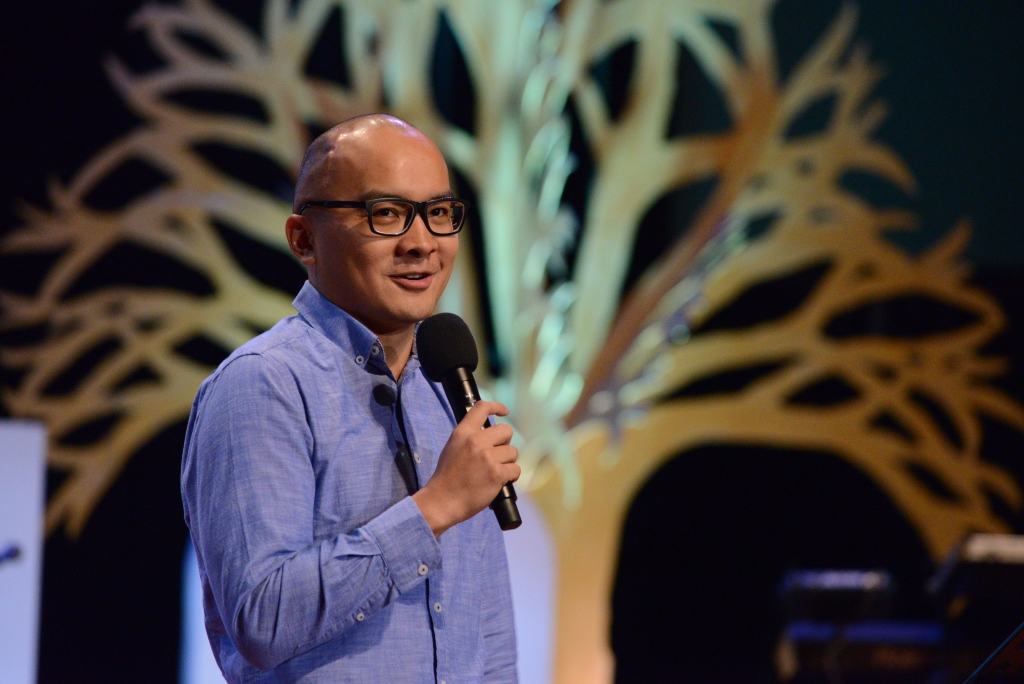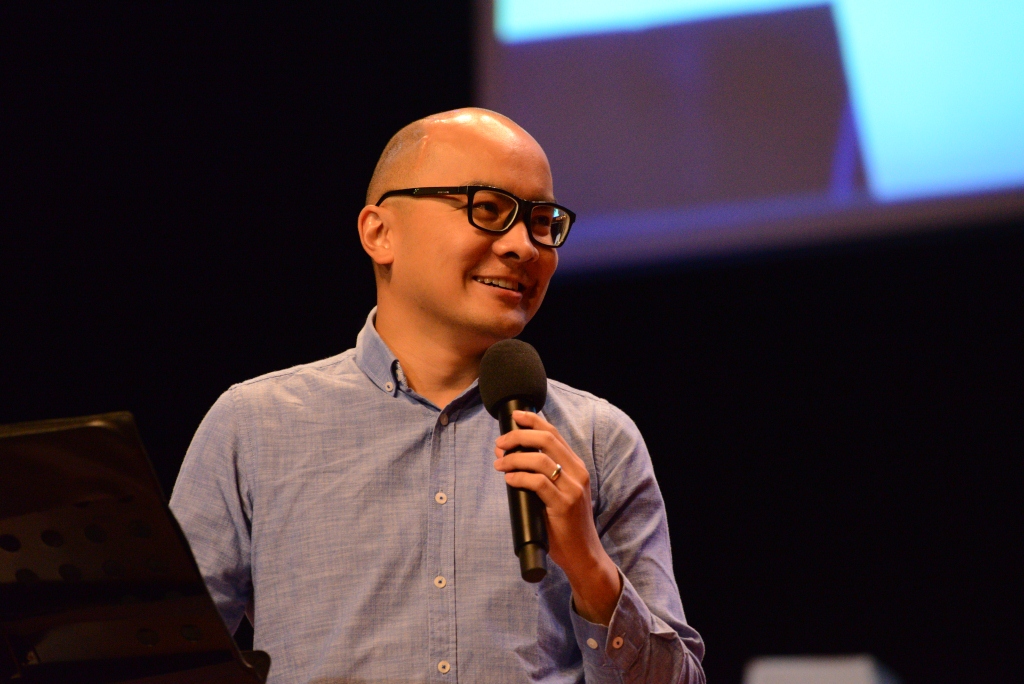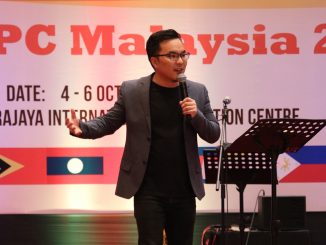
LEAD2016 was about many things; the power of salvation, about spirit-empowerment, about taking the example of Jesus in His ministry on earth. However, one major thread of importance in the conference was also about intergenerational discipleship.
One of the speakers on the topic was Pastor Joseph Bonifacio who is also a son of the well-known Filipino pastor Joey Bonifacio. Speaking from the viewpoint of a younger generation, Pr Joseph shared that the best model for emergent Christian leaders to follow is that of Christ Himself.
Jesus was a distinguishing example of a leader that followed the will of His Father. He had humble beginnings, and even at the Garden of Gethsemane, He yielded His will to the Father’s (“Not my will but yours be done”.) There is something about multi-generational ministry in all of this and such ministry have been proven to work, Pr Joseph shared.

How do we know that multi-generational ministry is close to God’s heart? We serve a multi-generational God. God thinks multi-generational. We can see this through the comprehensive amount of counsel given in Scripture concerning parenting and upbringing of younger generations. We can also see this through His promises, which are always multi-generational.
God gives us very clear sign of how much intergenerational discipleship mean to Him in Malachi 4. It was a warning to the Israelites but the converse is also true; blessings come when generations work together. Practicing a multi-generational ministry basically means being able to pass something on to the next generation, so that Godly and Kingdom principles can continue strong for years to come.

Churches today can be multi-generational, empowering generation after generation with words of life, encouraged Pr Joseph. In John 3:35, we read of how the Father loves the Son and has placed everything in His hands. The Father delegates to the Son not because He has grown old and powerless but simply out of His sheer nature and out of a relational context. He delights in passing on significance. He entrust to the Son out of His Fatherly love for His Son.
In response to the Father’s love, Jesus recognized that He could not do anything without the Father. The Father and He is One (John 5:19). This example of humility is one that young leaders are inspired to follow.
Submission does not mean inferiority, Pr Joseph imparted. It simply mean being humble to correction from the older generation. It means that we recognize that they have gone through more experiences and have more time to learn life lessons from the mistakes they have made along their journey of life. Scripture gives direct counsel concerning this area of growth in Proverbs 12:1.

Discipline is a form of love, carried out because our elders care for us. People who grow up without anyone caring for them, without any word of advice or anyone watching out for them are basically orphans in all but name. In John 14:10, Jesus tells Philip His identity is in His Father. He is in the Father and the Father is in Him. The words and work He is doing is not His own but the Father’s doing His work through the Son.
Christ’s relationship to the Father was not one of hierarchy but about a total relationship. God’s Triune nature means that He is a God of relationship even before the foundations of the world. A genuine relationship of necessity involves loving and enhancing each other, just as it is with the Father, Son, and Spirit.
Similarly, our identity is found in community which always involve relationship. In 1 Corinthians 4:15, Paul wrote to the church in Corinth that they had many guardians but no fathers. In the modern term, it is like someone who has many teachers but no father. Fathers whether by birth or spiritually are important. They are the people who know us best. Fathers raise us up from our lowest point. We do not have to pretend to be someone whom we are not in front of our fathers.

Relationships are inevitably messy. Sometimes it can get offensive, and if we’re not mindful, cause division. But we need to come together with our fathers and we need to be open and authentic with each other. In strong authentic relationships there is always something bigger than the offence, Pr Joseph imparted.
He related the story of the living bridges of India. In some villages of India, the flooding season is a real problem. One report in the Daily Mail describes these bridges
Deep in the rainforests of the Indian state of Meghalaya, bridges are not built, they’re grown. Ancient vines and roots of trees stretch horizontally across rivers and streams, creating a solid latticework structure strong enough to be used as a bridge. Some of the bridges are over a hundred feet long and can support the weight of fifty or more people.
The Cherrapunji region is one of the wettest places in the world with many fast-flowing rivers and streams, making these bridges invaluable to those who live in the region. Since the area receives around 15 metres of rain every year, a normal wooden bridge would quickly rot. But because the growing bridges are alive and still growing, they actually gain strength over time.
For more than 500 years locals have guided roots and vines from the native Ficus Elastica (rubber tree) across rivers, using hollowed out trees to create root guidance systems. When they roots and vines reach the opposite bank they are allowed to take root. In time, a sturdy living bridge is produced. Some can take ten to fifteen years to become fully functional.
Such bridges are strong but they were not always so. It took many generations to build them up. It required painstaking patience and small starts, persistently followed through every single day over many years.

As churches today we are also called to build bridges. To build something larger, aided by our fathers, on the foundations laid by them. And this is best accomplished when two generations come together in love and unity, lending each other of their unique strengths, but being in one heart and purpose for the Kingdom of God.
NOTE: All pictures from LEAD2016 were kindly contributed by Damansara Utama Methodist Church. If you would like to be part of next year’s conference, you can find more details about how to join LEAD2017 through DUMC’s LEAD2017 registration webpage.
|Share The Good News|
Jason Law




Leave a Reply